Lunar Capital Quarterly Investment & Portfolio Review – 30 September 2025
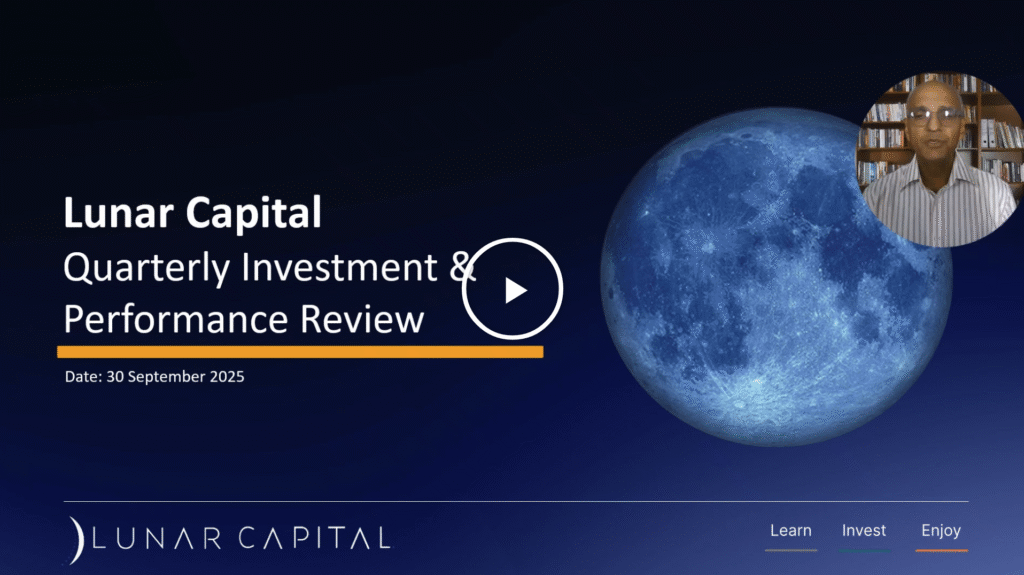
Sabir provides an update of the Funds’ performance and how Lunar Capital is investing in the current environment.
Millennials and Gen Z: Shaping the Future of Consumption and Investment
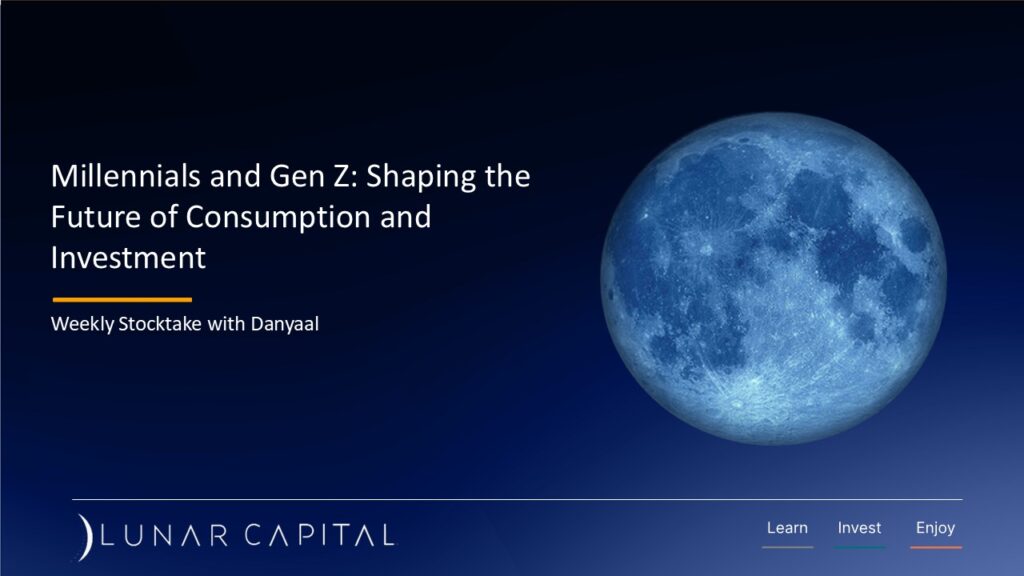
Which company could benefit from a changing workforce?
Love Football, Not the Business
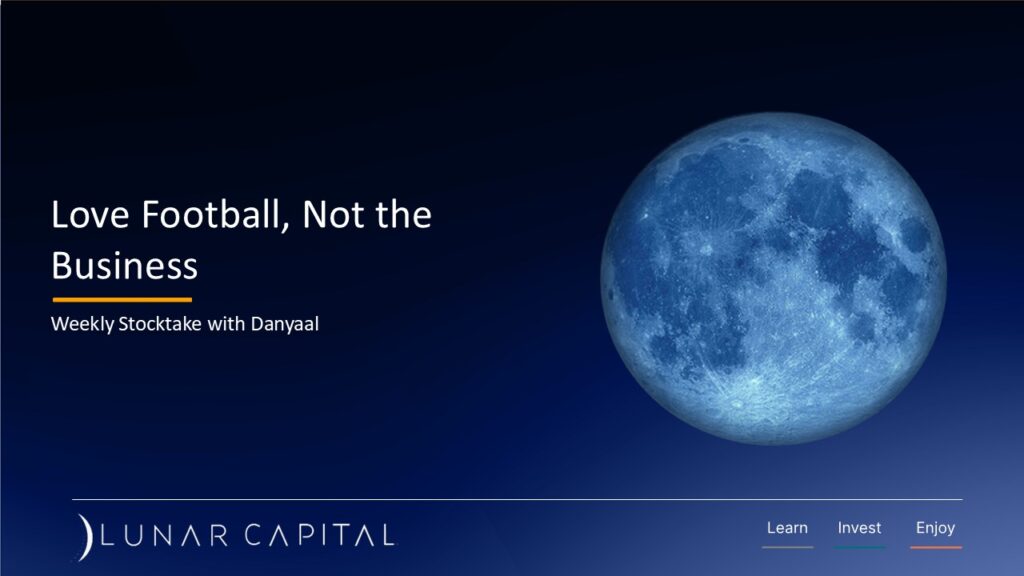
Let’s put the love of the game into perspective.
Inditex – Bigger is Better

How is Inditex building resilience in their business.
Food Fight – Shoprite vs Woolworths
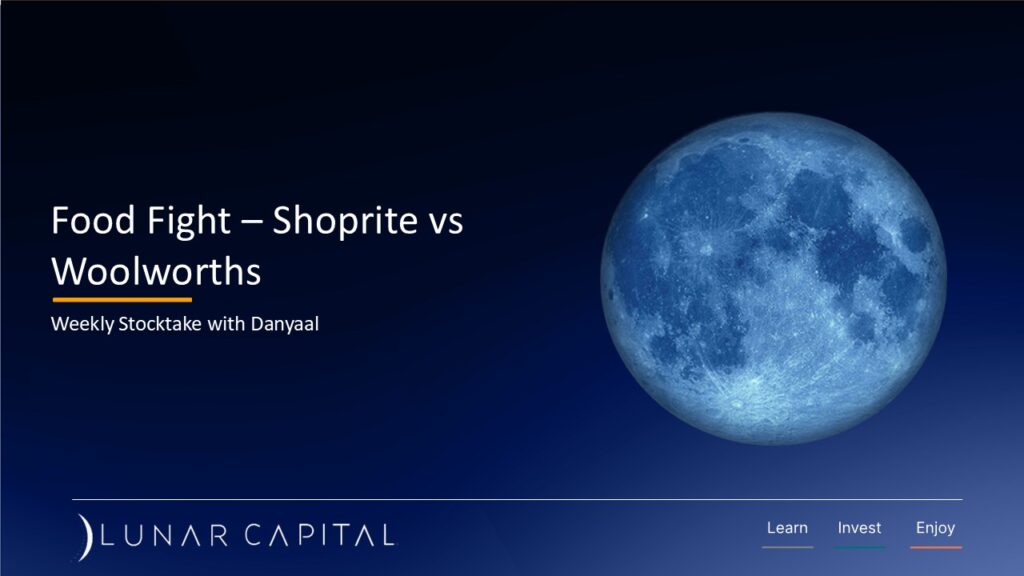
What are the factors behind the diverging fortunes of two major South African retailers.
Nvidia: Competitors, Customers, and Countries
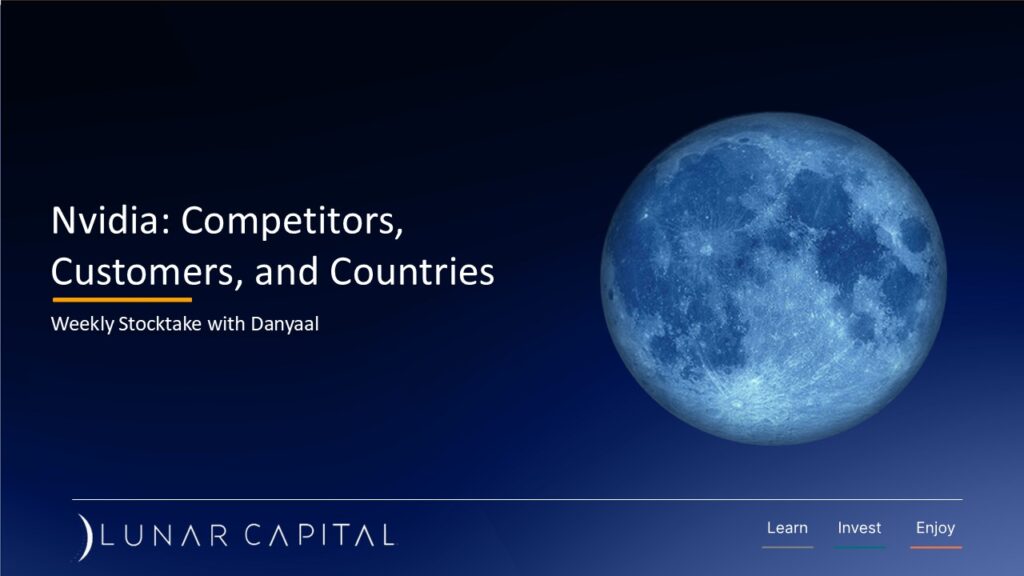
What do Nvidia’s recent results say about the broader industry.
Walmart – Not that Cheap
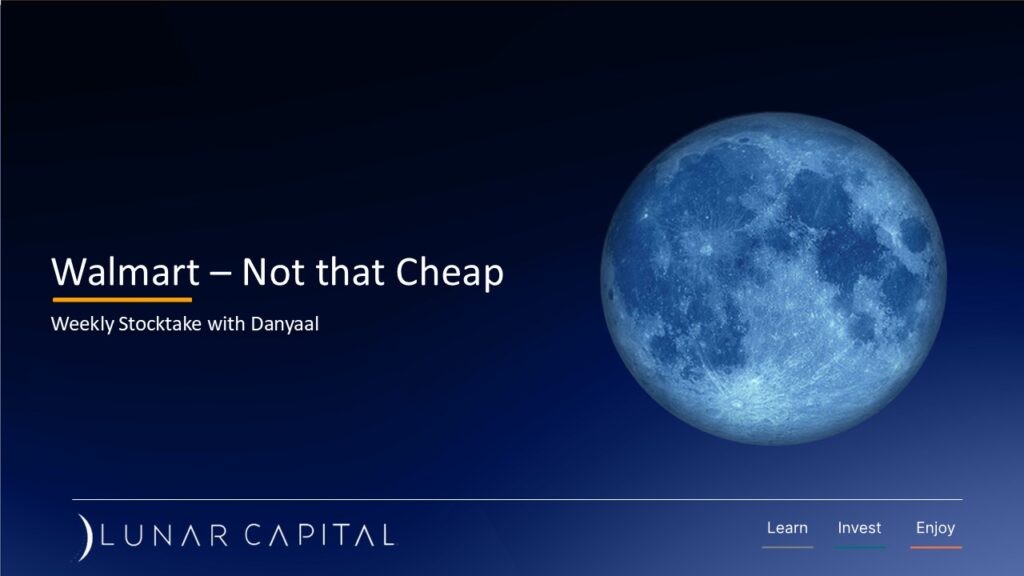
Is there a disconnect between Walmart’s valuation and price?
Leveraging Latin America
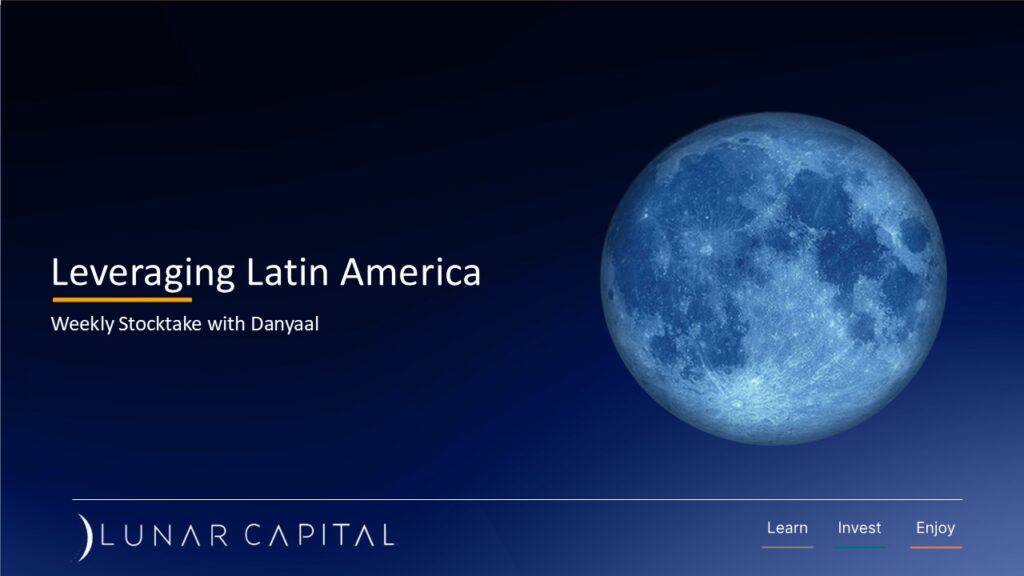
How two Latin American companies are servicing the underserved market.
Lilly’s Boom Meets Resistance
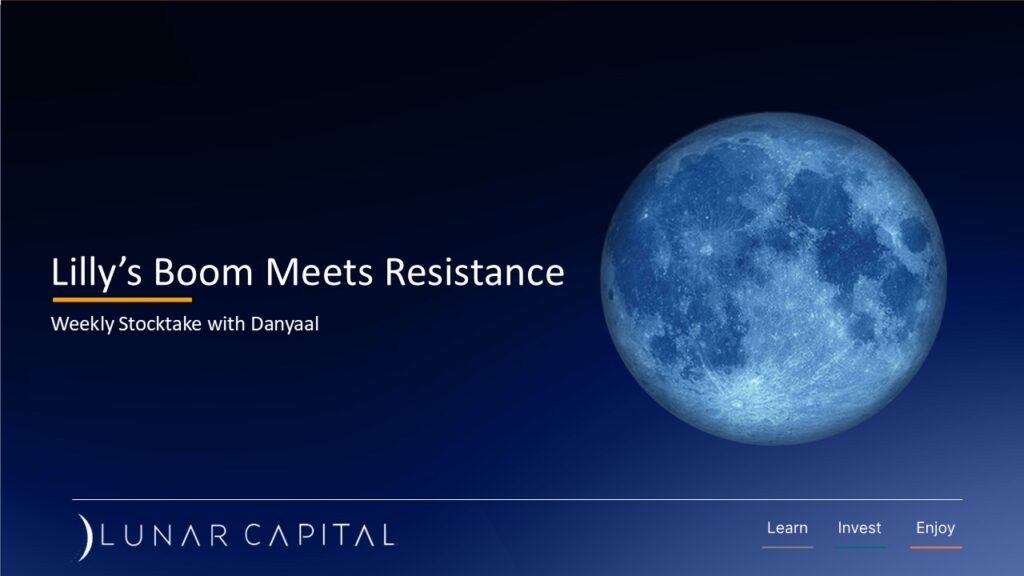
Eli Lilly’s earnings soared, but Lilly faces regulatory risks and competitive pressure.
Microsoft – Double Dipping in AI
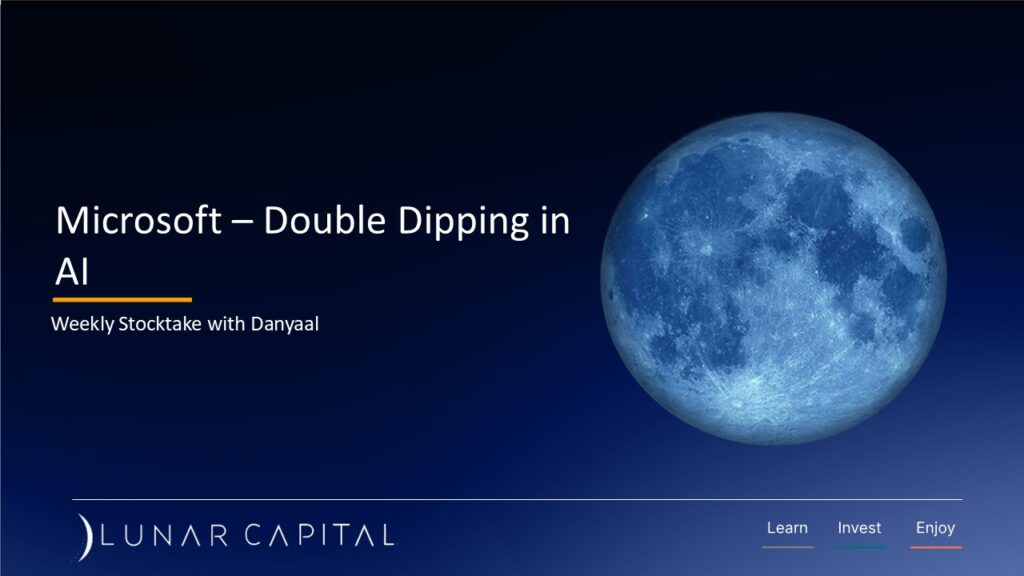
How is AI shaping Microsoft?
